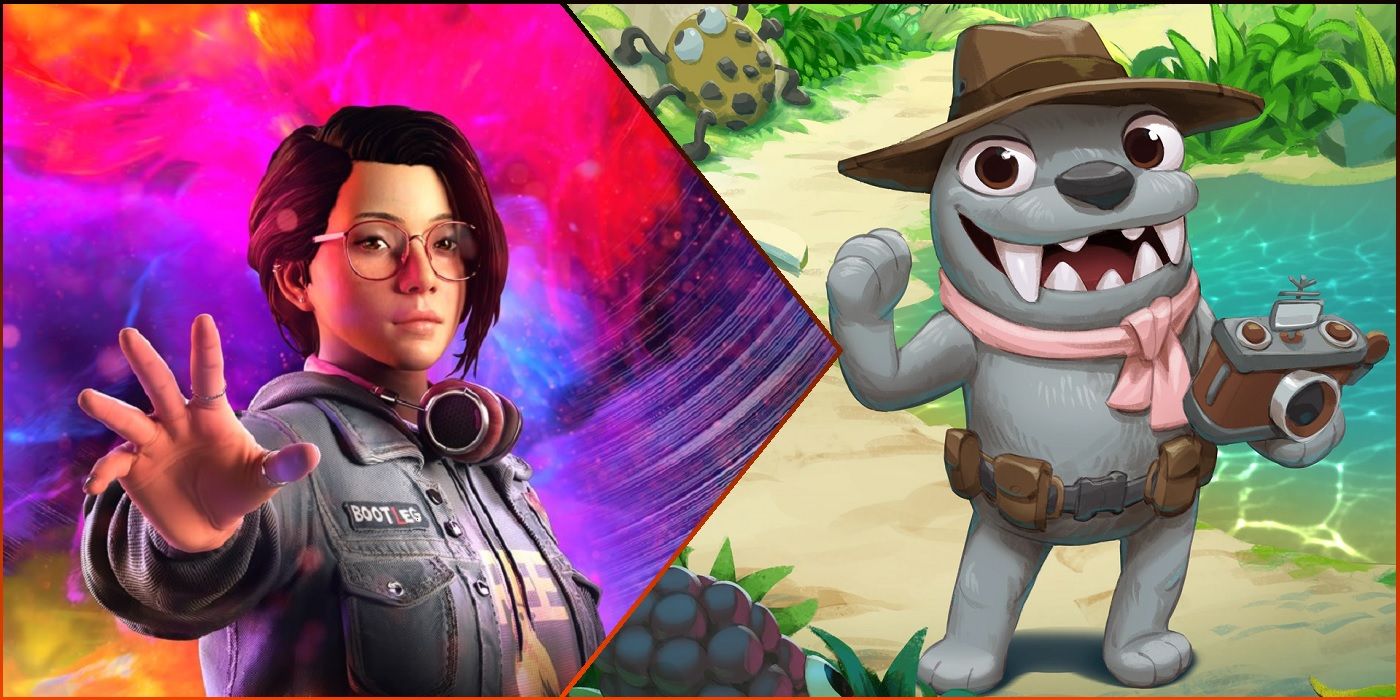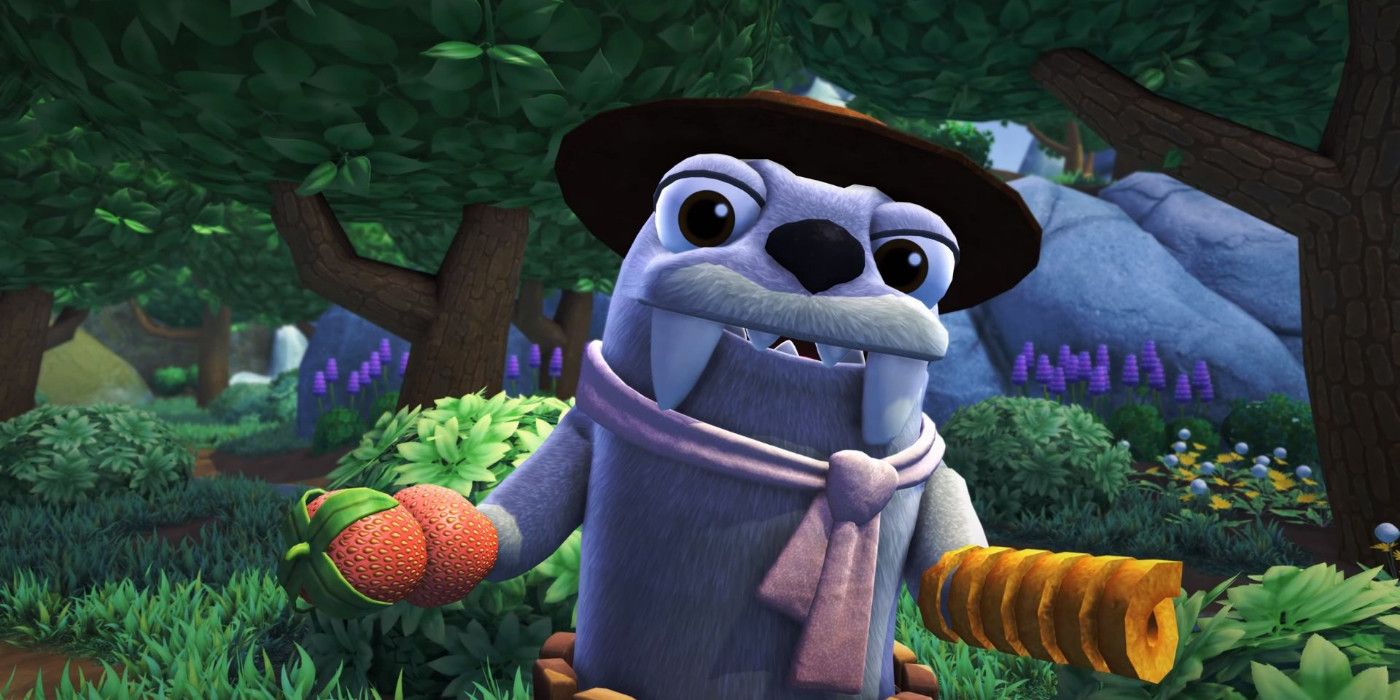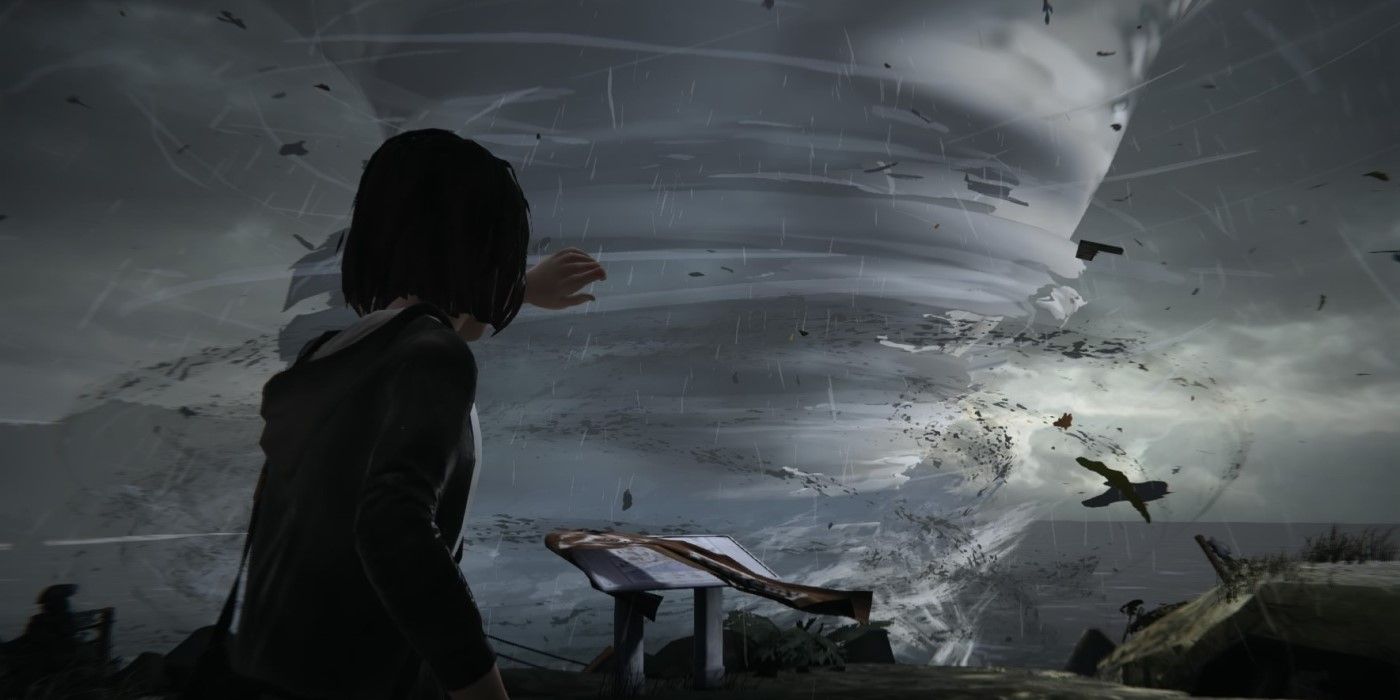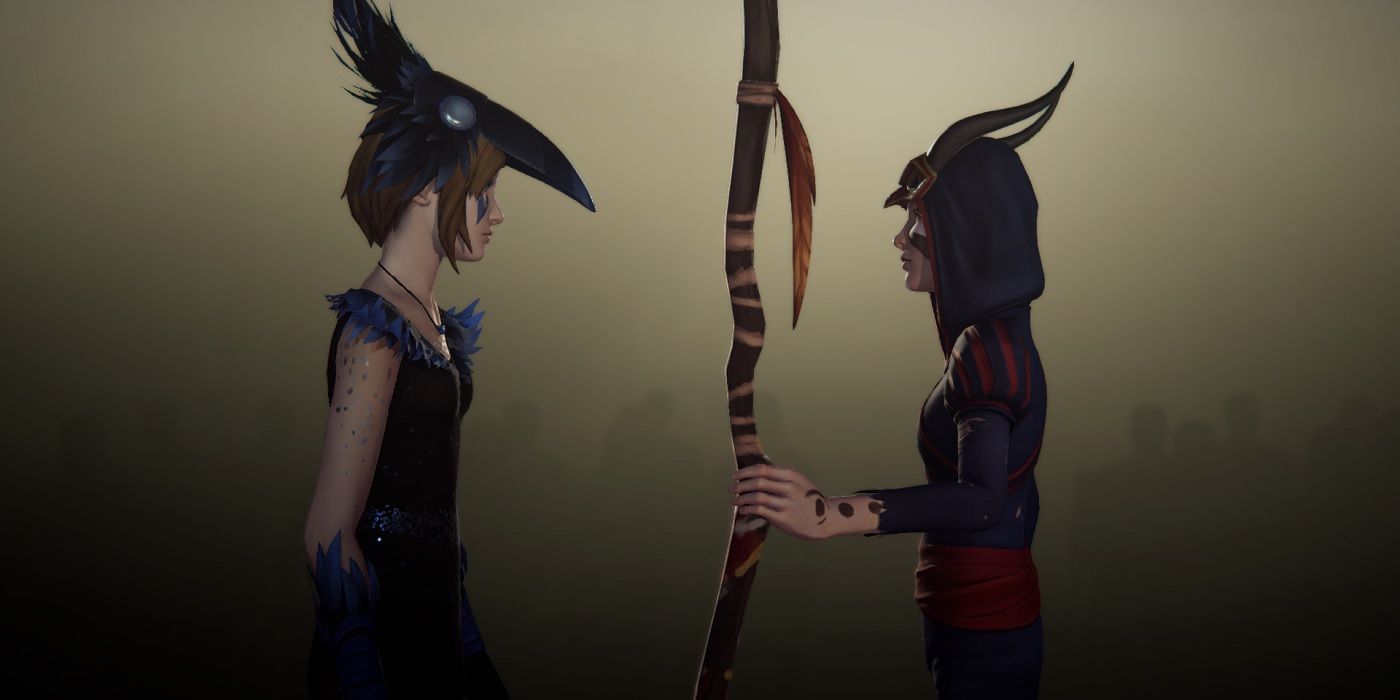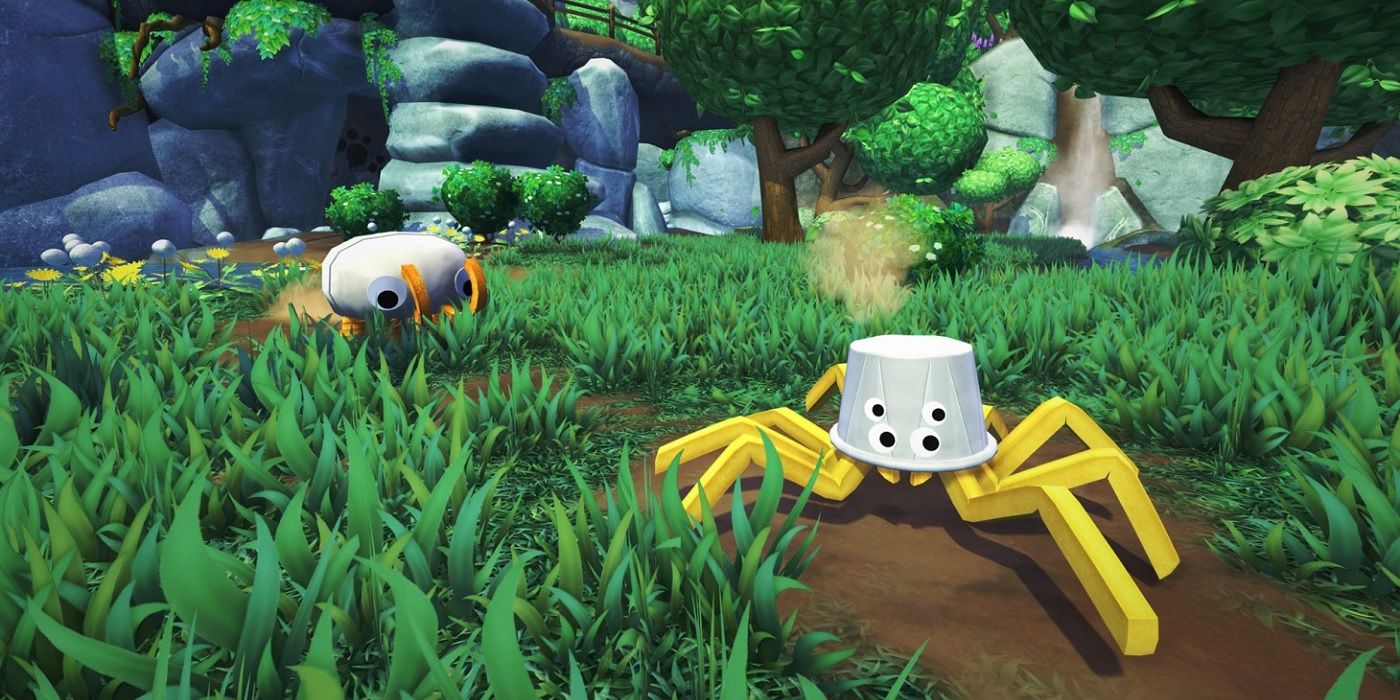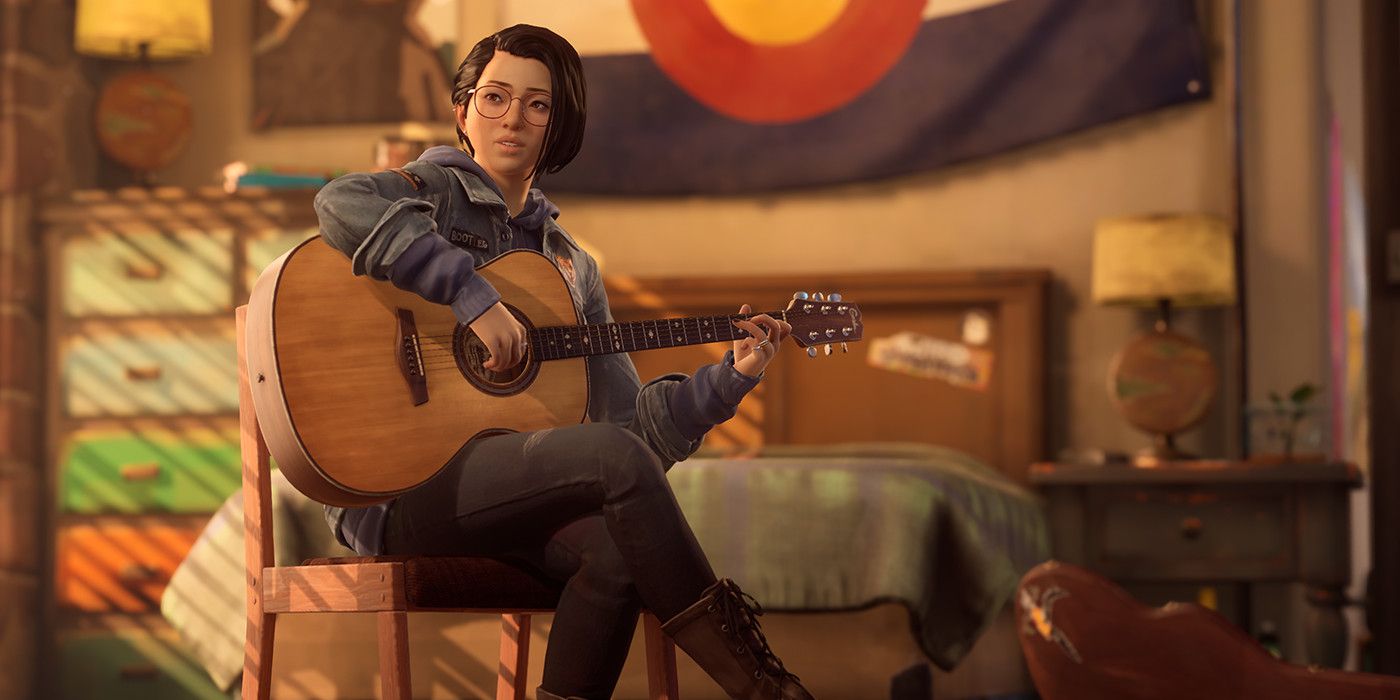Comparing Life is Strange and Bugsnax might be a strange task on its head, but the two stories presented across both games have similar beats with lows that can hit strikingly harder than the highs. Looking at these narrative similarities, Dontnod Entertainment has a chance to learn a lesson on keeping players engaged before Life is Strange: True Colors releases.
Most notably, Dontnod's previous entries as well as Young Horses' Bugsnax had a habit of keeping the gut punches coming to a debilitating degree, especially as each title reaches their climax. While previous entries have been able to inject enough moments of levity into the overall narrative or optional conversations, Life is Strange: True Colors needs to be able to keep players engaged through the tougher story beats.
Bugsnax's Depressing March to the End
When Bugsnax first launched, players were excited to explore the cutesy island of Snaktooth Island, only to find that the fun and colorful exterior of the game hid some darker story beats. At first, there's the way that feeding the titular Bugsnax creatures to different characters would make them morph and change in strange ways, randomly at the start, with players eventually able to design characters by the end. This also coincides with every character's side mission, which can either be completed before reaching the end of the game, or ignored and left unfinished before leaving Snaktooth Island in the finale.
There's something to be said about the storytelling here, as reaching the end of each side quest doesn't actually resolve the storylines of characters like Chandlo or Wiggle when the missions are completed. Instead, the final realization of their individual arcs, that deal with true to life subjects like self-worth and conspiracy obsession, all the way to Eggabell's battle with depression and addiction, comes right before the end credits as each character reflects on the climax. While this does help to drive home some of the issues that these characters face, the rapid succession of having the player fail to resolve their various problems leads to a dark leadup to Bugsnax's ending.
Life is Strange's Final Plotline Convergence
When it comes to the end of the original Life is Strange, it's more than understandable how the completion of the various storylines happening around Max and Chloe can only get dark at the climax. In fact, the consistent march from trying to escape Mr. Jefferson, all the way to when the storm finally arrives and forces the player to make the ultimate choice between the town of Arcadia Bay and Chloe. While it doesn't have the same consistent string of failures by the player that completing the side missions before the ending of Bugsnax has, it can lead to the final episode of Life is Strange feeling excruciatingly dark.
This isn't even confined to the final chapter, as the climax of several episodes end with the devastating consequences of the player's decisions, with Episodes 2 and 3 being particularly notable for tugging at heart strings. All of these story beats are some of the key moments that give Life is Strange's decisions the weight that they needed in order for the whole series to have the following it has now. Not to mention, plenty of Dontnod's games have had their own moments of levity to temper these hard-hitting moments and bring both ups and downs that keep players invested through these difficult sections.
How Dontnod has Inserted Levity Before
In the case of the extended episodes in the Life is Strange series, not everything is a complete downer, with plenty of moments of levity that across each of the games. Looking at the original, most of the regularly friendly moments between Max and Chloe can be sweet or pleasant, depending on the player's decisions and how they take the relationship. However, the interactions with the two playing with a gun in the first game can come off as one of the funnier interactions for some players, as Max is constantly scrambling to keep Chloe from waving the weapon around confidently before shooting herself.
A lighter moment with Chloe specifically comes from the prequel Before the Storm, where players have a choice of how to make the character who is shy at this point perform in the Shakespeare play The Tempest. This can play out in several different ways, from a complete disaster, to a perfect performance, however there are options to intentionally disrupt the entire production as well. It can make for a comfortably fun moment where Chloe's signature sarcasm from the first game comes out to shine in this less confident version of the character.
How Bugsnax Attempted to Remain Lighthearted
For much of Bugsnax, the game almost effortlessly remains lighthearted and friendly, as each of the newly introduced snack-inspired creatures offer new puzzles to figure out and adorable bios to unlock. It isn't until players continue to dive into the story, and especially the side missions for each character, that the game starts taking a darker turn. While aspects of Bugsnax's gameplay mechanics and narrative were originally intended to be even sadder and more gruesome, the final product still pushes the bounds of exactly what the current look of the game is.
To Young Horses' credit, the bright world and fun creatures is enough to get players all the way through to the end, and the content that becomes the most depressing is optional. However, the end results of what happens when feeding the creatures to Bugsnax's muppet-like characters like Filbo causes much of the story to conflict with the gameplay. It comes together at the end to make the majority of the choices made along the way feel like the wrong choice, as if the player has been failing their way to the end before finally succeeding at the very end.
What True Colors Needs to Surpass Similar Games
Above all else, what Dontnod does well is craft compelling characters for Life is Strange and the other surrounding series the developer has made between entries of the flagship series. So, making sure that these characters are given their own wins from time to time and chances to shine with the true to life comedy that can sometimes balance on the line from funny and cringe is a need for the upcoming True Colors. It's a thin tightrope to walk across, making sure that there's enough levity to keep the ups and downs balanced without going overboard and losing the momentum of the most powerful narrative moments.
From what has been shown so far, as well as the previous work made by the developer, it looks like the more conventional approach Life is Strange: True Colors is taking for the story should be a solid entry in the series. However, when trying to reach out to more players than ever, making sure that the game, especially the final stretch through the climax, isn't a slow march of depression. Still, players can likely assume that the upcoming title will address several real-world emotional and mental health issues in pursuit of a meaningful and impactful story.
Life is Strange: True Colors releases on September 10, for PC, PS4, PS5, Xbox One, and Xbox Series X/S, with a Switch release coming later in 2021.

